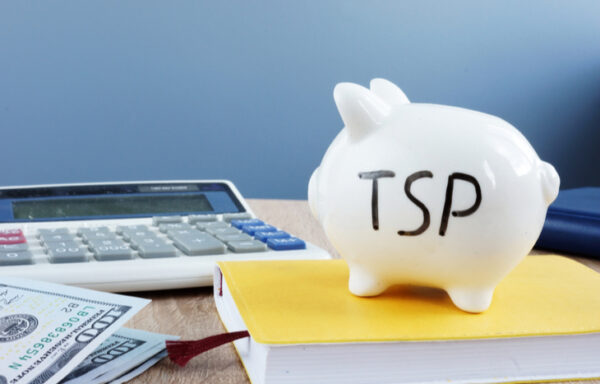What is a Buy Stop Order?
Part of being an accomplished trader or investor is being able to look ahead and predict price action with a relative degree of accuracy. No one can predict the future exactly, but many traders know whether they should open a long position or take out shorts on a price. As they form a thesis and look to the future, accomplished traders will also seek to protect themselves from uncertainty. This often includes the use of buy stop orders.
A buy stop order allows investors to specify a price point above the current price of a security, at which they want to purchase it. Buying a stock price for more than it’s currently worth might sound counterintuitive, but it factors into many forward-looking investment strategies.
A buy stop order can help bulls and bears alike navigate future price uncertainties. Here’s a closer look at how a buy stop order works, when to use one and what to consider as you submit this type of order to your broker.

A Buy Stop Order Example
The easiest way to make sense of a buy stop order is to look at one through the lens of an example. Let’s say you want to purchase shares in salesforce.com, Inc. (NYSE: CRM), but the stock has traded sideways between $230 and $240 for the last several periods. You believe it’s due for a breakout, but don’t want to purchase shares prematurely. Instead, you set a buy stop order for 50 shares @ $242, just above the current resistance level.
If and when salesforce.com, Inc. breaks out into a bullish run, you’ll capitalize on the price at $242. Your broker will automatically execute the order for 50 shares as soon as the price broaches $242. It doesn’t matter how high the price goes that day (or if it falls again), you’ll be in at the $242 price point. If, however, the price never reaches $242, the order remains unfilled.
The Bullish vs. Bearish Case of Buy Stop Orders
The above example is a bullish case for buy stop orders. Investors who are long on a stock use them to capitalize on a breakout before the price goes on a run. It’s a great way to get in on the ground floor of a fast-moving bull movement: especially coming off a bullish reversal pattern. Paired with an offsetting limit order, a buy stop is particularly effective for traders looking to get in early on a swing.
There’s actually a more common bearish use for buy stop orders: as a hedge against short positions. A short-seller is betting on the price of a security to fall, so if it rises, they’re open to mounting losses. Placing a buy stop allows them to cap those losses by buying shares at a specified threshold to cover the short. Opposite a short position, a buy stop is often referred to as a stop-loss.
The Benefits
These orders give retail investors plenty of opportunity to control their forward-looking actions in an environment where prices are appreciating.
- You, the investor, control the price point that you purchase a stock at. The order represents the price you’re willing to pay for a stock. That means you’re only paying for shares once they reach an acceptable strike price.
- Buy stop orders are automated by your broker, which means they’re a “set it and forget it” investing tool. Once you’ve specified the price and submitted the order, your broker will handle the rest. No need to monitor price action all day.
- Buy stops act as stop losses for short sellers, giving them a simple and effective way to cover a short position. If the stock price never reaches the strike, the order expires worthless, which means shorts aren’t obligated to offset.
Buy limit orders are a handy tool in automating your investing function and can empower investors to purchase securities at prices that coincide with their investment thesis.
The Drawbacks
Investors need to think hard about their objective price target when placing a buy stop order. There are some drawbacks that can accompany this type of order.
- An ill-placed buy stop order could represent a new resistance level, which means an investor effectively bought at the peak. For instance, you might have a buy stop at $140; then, the price rises to $142 before falling down to $135 over the course of a few days.
- Once a security reaches the strike price specified by a buy stop order, it becomes a limit order or a market order, filled at the next available price. In fast-moving environments, this can introduce a spread that’s too high for some traders to profit from.
- Because they’re automatically executed, buy stop orders can contribute to wild price swings that aren’t correlated to the market sentiment. While useful in volatile market conditions, these orders can create traps for traders if not set appropriately.
It’s a good idea to check on buy stop orders occasionally, especially in tumultuous markets. Sometimes, it’s smart to adjust or cancel them, depending on the current behavior of a stock price.
Capitalize on Future Price Appreciation
Whether you’re bearish or bullish on a stock, a buy stop order is a useful tool in managing price appreciation. You can use it to offset the potential losses from a short position or capitalize on the early stages of a bullish run. In either case, it’s a way for individuals to automate their buying actions to align with their investment thesis. They’re a useful tool in any investor’s arsenal.
[adzerk-get-ad zone="245143" size="4"]




